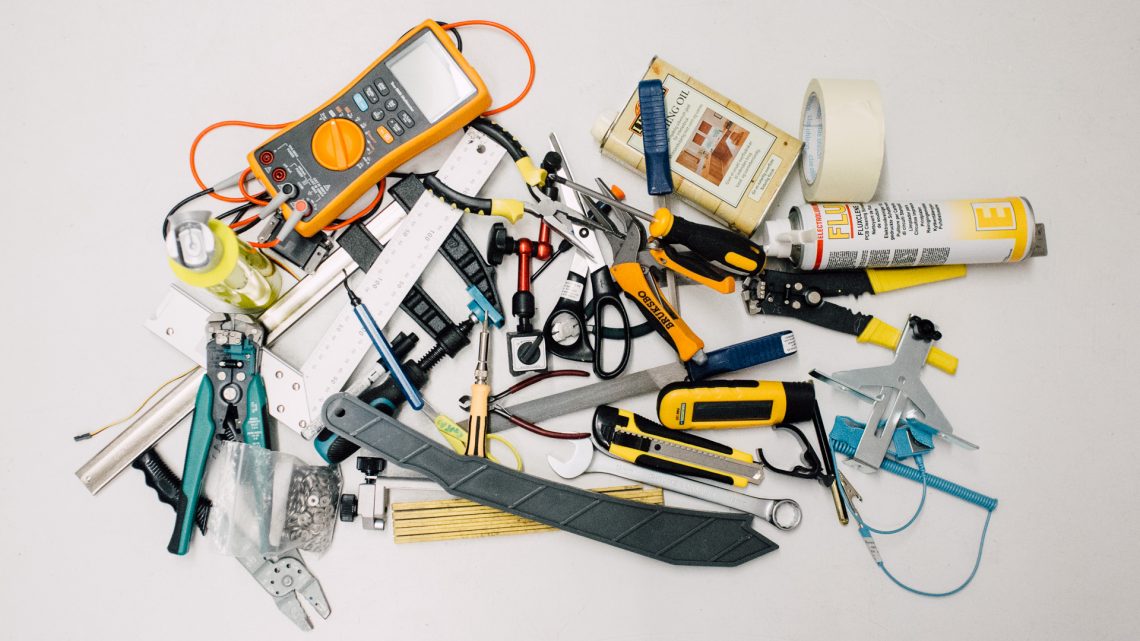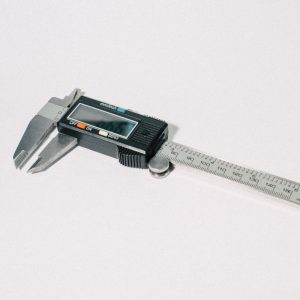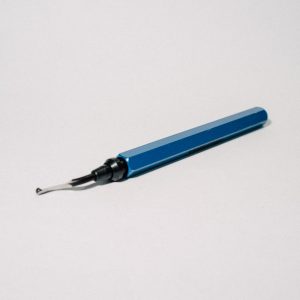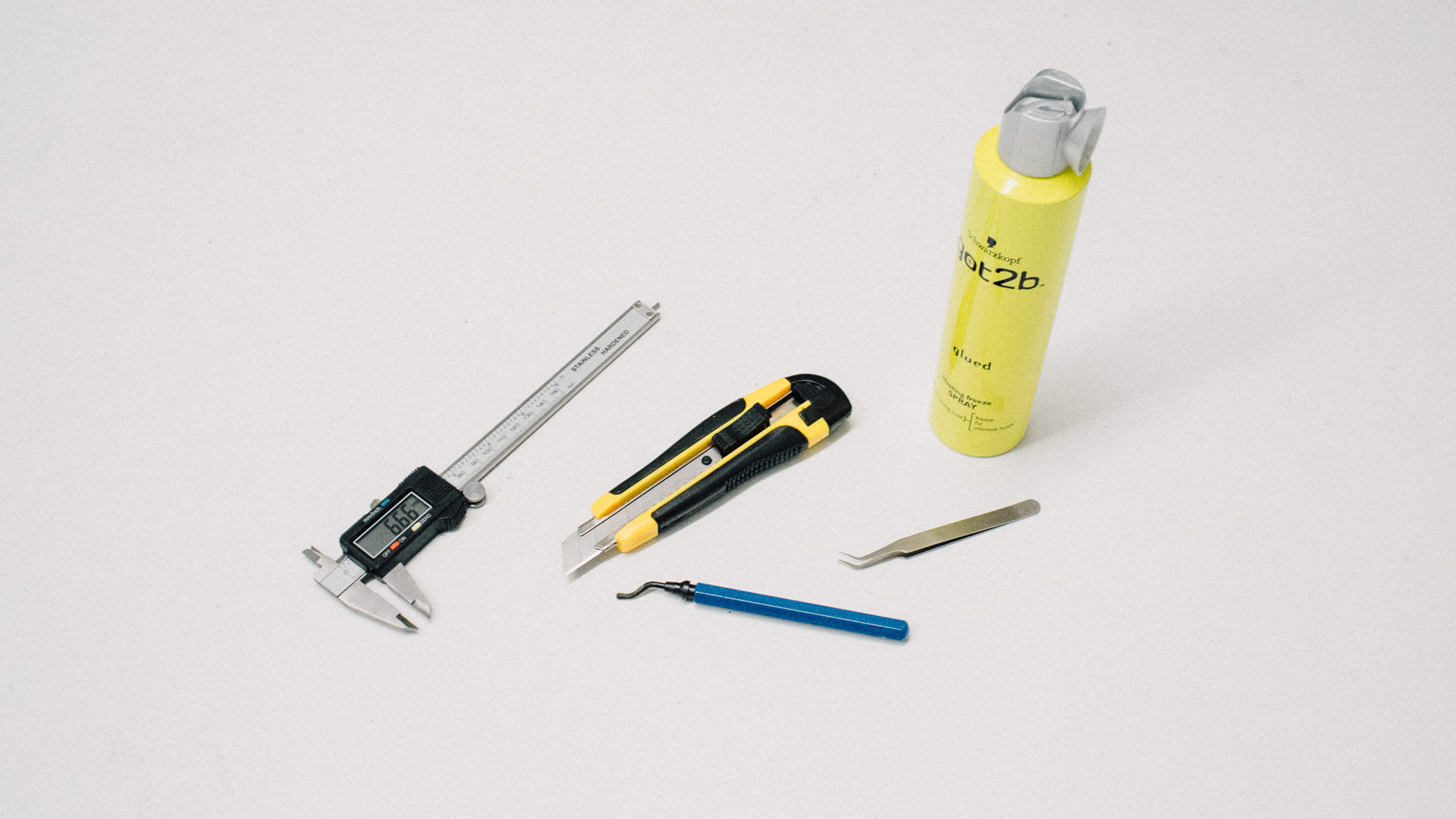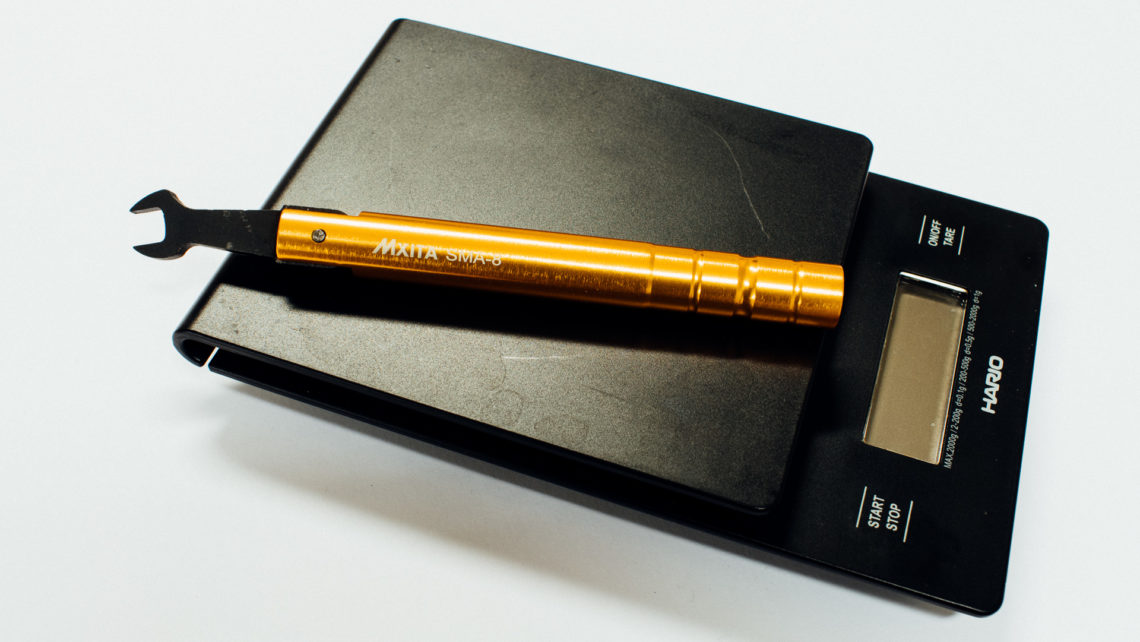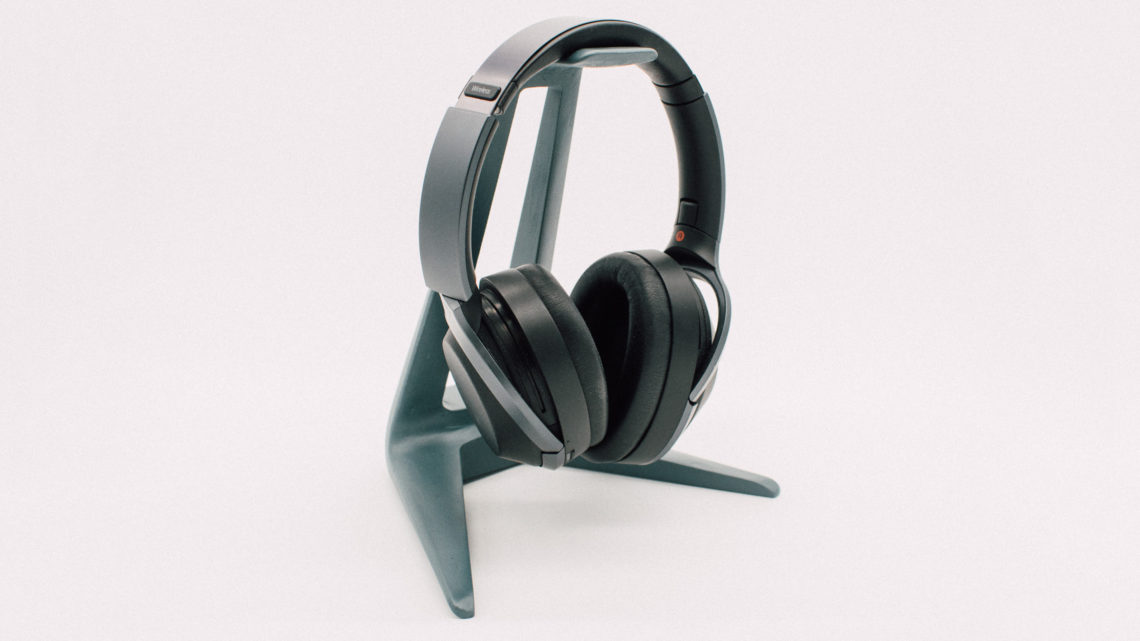There are quite a few hardware tools out there which make your 3D printing days easier. Here are our top five:
5. Hair spray
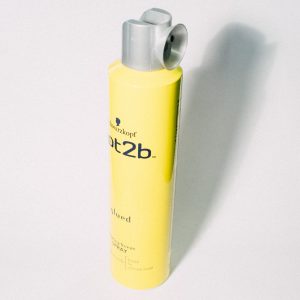 We start with a rather odd “tool” at spot number 5.
We start with a rather odd “tool” at spot number 5.
You might wonder what on earth every hair stylist’s ultimate weapon does on this list? Well, when starting a print you want to make the first layer stick to the surface or else you gonna have a bad time.
A dash of ordinary hair spray on your printing surface does this job with great panache. Keep in mind that you still need to align your print bed.
4. Digital caliper
The dimensions in your CAD model might not match the printed part for various reasons, and before trying to mount it on whatever secret contraption you’re building in your basement, you might want do make sure the dimensions are correct.
3. Tweezers
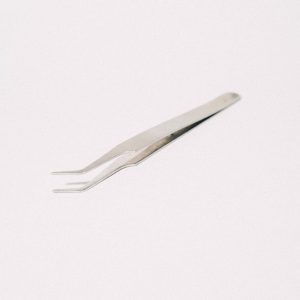 When heating the extruder before starting the job, the extruder temporarily transforms into a sausage factory and plastic seeps out of the extruder when it approaches the desired work temperature.
When heating the extruder before starting the job, the extruder temporarily transforms into a sausage factory and plastic seeps out of the extruder when it approaches the desired work temperature.
A pair of tweezers can feel godsent in this particular situation, and with it you can gracefully remove the sausage.
2. Utility knife
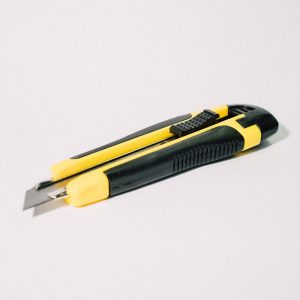 Sharp knife for peeling off the plastic debris on the print bed after the print as well as doing some post-print surgery on your finished product.
Sharp knife for peeling off the plastic debris on the print bed after the print as well as doing some post-print surgery on your finished product.
Invaluable!
1. Deburring tool
Depending on the slicer algorithm or settings there might be an unwanted thin brim around the outside of the bottom layer (in our case: always). The deburring tool is perfect for getting rid of this.
If you want to soften up other sharp edges or corners as well, this tool will make you feel like a boss.
Honorable mentions which didn’t make the list
Acetone and a dustless cloth
For cleaning up spot number 5.
Glass plate
Not actually a tool per definition, but a glass plate on top of your print bed can make your printing surface even flatter and you can easily switch out one plate with another if you quickly want to start a new print job while the old job is cooling down. Some print bed heat compensation is required, but not much (we increased it by ~10°C for our 3mm plate). A downside is that you get less z-height to work with (equal to the thickness of the plate).

